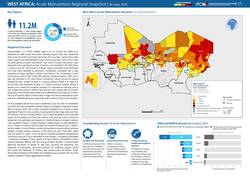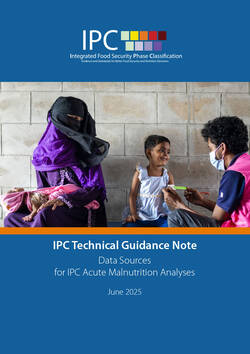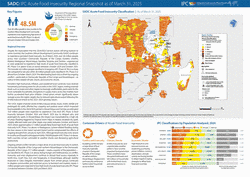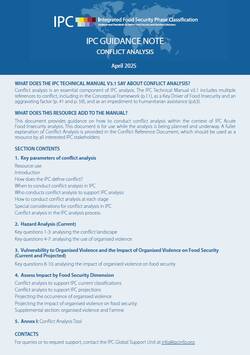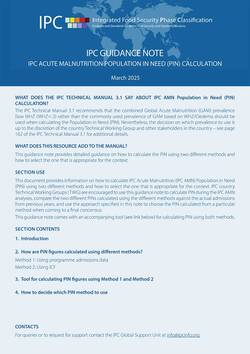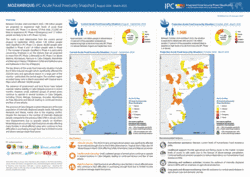RESOURCES
Latest resources
IPC Analysis Workshops in Practice
This guidance note explains the details of how IPC analysis workshops are run in practice. The IPC aims to inform decision-making in an agile, effective, and timely manner. IPC analysis workshops should be light and flexible, enabling rapid deployment in response to sudden shocks or evolving crises, while maintaining a balance between efficiency, quality, and inclusiveness—core principles of the IPC approach.
Data Sources for IPC Acute Malnutrition Analyses
The Data Sources for IPC Acute Malnutrition Analyses serves as a practical guide to help IPC analysts identify the most suitable and reliable data for classifying Global Acute Malnutrition (GAM) in IPC analyses. It outlines a step-by-step process for assessing the quality, timeliness, and compatibility of available GAM data—such as from SMART surveys, nutrition surveillance systems, and MUAC screenings—against IPC protocols. By systematically evaluating each source through this decision tree, [...]
SOUTHERN AFRICAN DEVELOPMENT COMMUNITY (SADC): 48 million people in nine countries facing high levels of acute food insecurity due to conflict and insecurity, climatic shocks, economic shocks
Download snapshot in English
Conflict Analysis to Support IPC Analysis and Conflict Analysis Reference Document
The Conflict Analysis to Support IPC Analysis guidance note provides guidance on how to conduct conflict analysis within the context of IPC Acute Food Insecurity analysis. This document for use while analysis is planned or underway. This Guidance Note serves two main groups: IPC practitioners at all levels of certification and conflict analysts. The expectations for using this guidance are based on an individual’s functional role in an analysis. The [...]
IPC Acute Malnutrition Population in Need (PIN) Calculation
This guidance note provides information on how to calculate IPC Acute Malnutrition (IPC AMN) Population in Need (PIN) using two different methods and how to select the one that is appropriate for the context. IPC country Technical Working Groups (TWG) are encouraged to use this guidance note to calculate PIN during the IPC AMN analyses, compare the two different PINs calculated using the different methods against the actual admissions from [...]
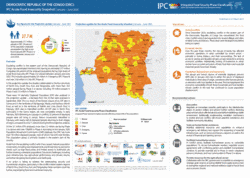
DEMOCRATIC REPUBLIC OF THE CONGO: Escalating conflict, economic shocks drive 27.7 million people into acute food insecurity
MOZAMBIQUE: 1.98 million people projected to experience high levels of acute food insecurity
Download snapshot in English
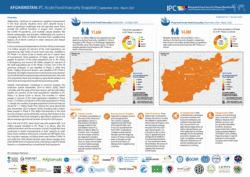
AFGHANISTAN: Despite improvements, 14.8 million people are likely to face high levels of acute food insecurity
Download snapshot in English
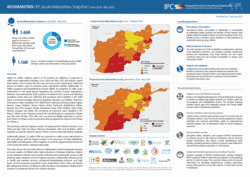
AFGHANISTAN: 3.5 million children suffering or expected to suffer acute malnutrition
Download snapshot in English
Filter resources by
Join our mailing list


